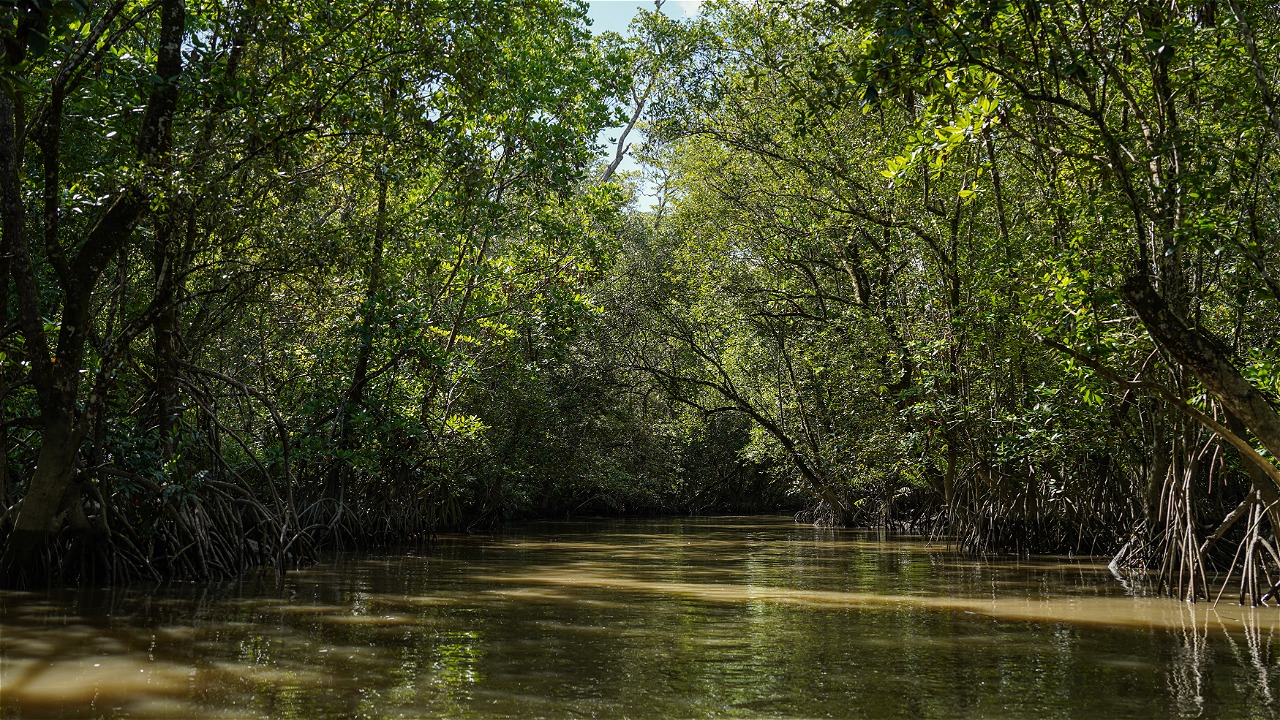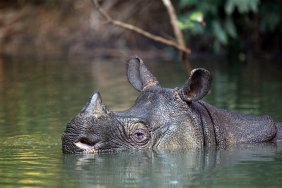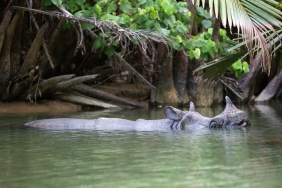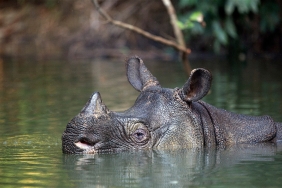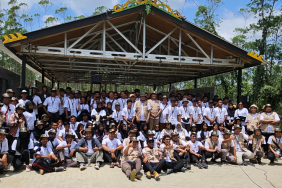LARGE SETAPUK MANGROVE MONITORING TOWER OFFICIALLY ESTABLISHED
Solar Perdana Mandiri Mangrove Care Self-Help Association (SPM) successfully established a pavilion and a 9-meter mangrove monitoring tower in Setapuk Besar Village, North Singkawang District, Singkawang City, Sunday (13/8/2017). Both of these facilities are an important part of the development of the Setapuk Besar mangrove area as a mangrove tourism and education center in Singkawang City.
Chairman of the SPM Mangrove Care Self-Help Association Jumadi said the success was inseparable from the help of many parties. "I thank the government and partner institutions that have supported SPM until the establishment of this monitoring tower and mangrove pavilion," he said in Setapuk Besar, Sunday (13/8/2017).
The support is in the form of mangrove planting programs and the construction of supporting facilities and infrastructure from the Singkawang City Government, the West Kalimantan Provincial Government, BPSPL, to private parties such as the Forest Products Technology Development Institute (INTAN) and WWF-Indonesia.
Noted, since 2009 the Setapuk Besar mangrove area is a neglected critical land. The abrasion rate is fairly high. In fact, it has reached around 500 meters in the last 10 years. Seeing this sad fact, Jumadi took the initiative to invite other fishermen to plant mangroves.
Capitalizing on seedlings from the 13 remaining mangrove trees and minimal knowledge about mangrove planting, the group never gave up on their work. This is very reasonable. This is because abrasion has hit people's coconut plantations, causing significant losses.
In addition, crabs and fish are becoming harder to find around the coast.
Until now, the total area that has been planted with mangroves has reached ± 200 hectares with more than 200 thousand seedlings planted. In addition to being able to withstand abrasion, the mangroves that have been planted have succeeded in increasing the length of land along approximately 50 meters.
WWF-Indonesia's West Kalimantan Program Manager Albertus Tjiu said that the residents' initiative related to mangrove planting along the north coast is very proud. "The 193-kilometer coastal stretch from Pontianak to the end of Paloh District in Sambas Regency is now starting to feel shady," he said.
According to Albertus, the efforts of various fishermen and community groups have begun to bear fruit. Sedimentation is slowly increasing so that the land area increases. Residents' interest in mangrove tourism is also growing and this opportunity is being utilized by opening a mangrove park for educational purposes.
"The initiative to protect the environment, replant mangroves and then have an impact on increasing community income through mangrove tourism is a real form of conservation that deserves to be emulated and appreciated," said Albertus.
Meanwhile, INTAN Director Deman Huri Gustira said what was done by this community group needed to be appreciated by all parties. "They are reforesting coastal areas that have been abraded. They can prove that something impossible is possible," he said.
According to him, residents planted tens of thousands of mangrove stems from the mother tree which only has three stems left, now it has reached hundreds of thousands of stems. All of this can be achieved because of the seriousness of the fishermen to protect the coast from abrasion.
The hard work and persistence of the fishermen's group also caught the attention of the Singkawang City Government and West Kalimantan. This group was proposed as a nominee for the 2015 Kalpataru award. It's just that Goddess Fortuna has not been in their favor.
However, they have made one big achievement. Now, Setapuk Besar has been transformed into a coastal tourism area that attracts many tourists. This visit has added to the economic coffers for local residents.

